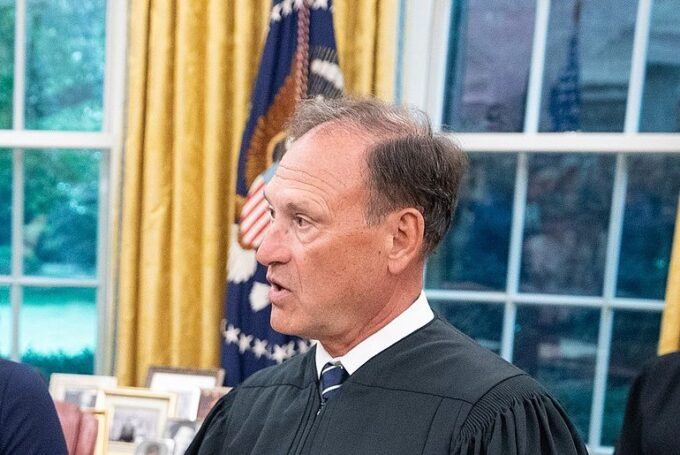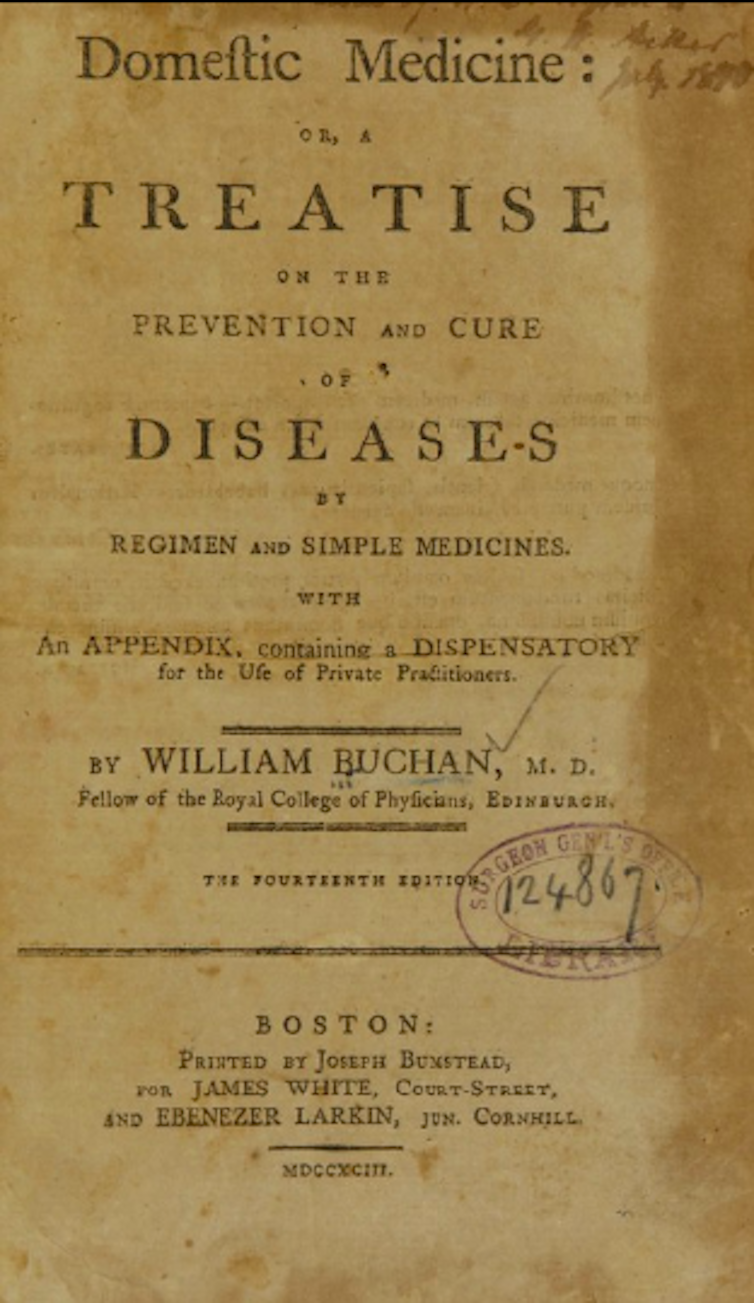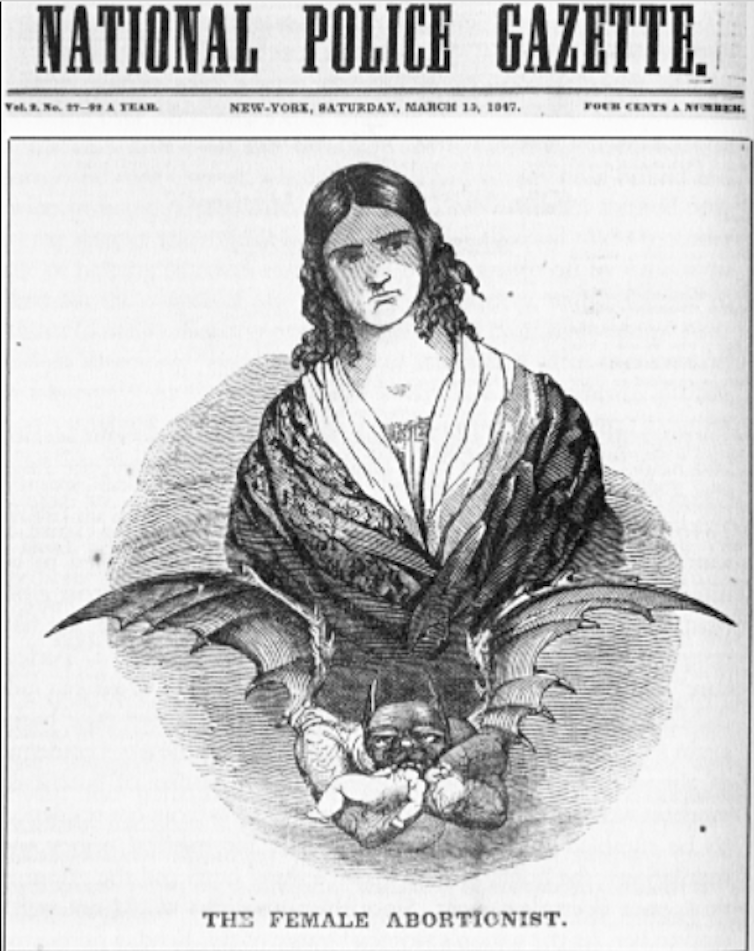doi:10.18449/2022C41Research Areas
PDF | 1.4 MB
EPUB | 633 KB
MOBI | 915 KB
LONG READ
In the space of just nine months, Tunisia’s President Kais Saied has centralised power and dismantled the institutions established by the young democracy since the revolution of 2011. His new constitution establishing a “New Republic” will be put to a referendum on 25 July 2022. Saied’s plans have divided the nation, with growing resistance from political and civil society actors demanding the return to an inclusive and democratic process. At the same time, the country is moving closer to default. Tunisia’s European partners have invested heavily in democratisation and view the autocratic shift with concern. But they have failed to take meaningful action, and each new step by Saied makes it harder to reverse the path. In the interests of Tunisia’s stability, Europe should move decisively and employ the financial and diplomatic leverage it has due to Tunisia’s economic crisis.
There can no longer be any doubt that Tunisia’s President Kais Saied is leading his country back into authoritarianism. On 25 July 2021 – nearly two years after his election in October 2019 – he sacked the prime minister and suspended parliament; in September 2021 he also announced a partial suspension of the 2014 constitution. Since then he has ruled by decree. Saied has abolished the division of powers and brought central institutions of the fragile young democracy – such as the Supreme Judicial Council and the Independent High Authority for Elections (ISIE) – under his direct control. His assault on the judiciary is ongoing: In June 2022 he granted himself the power to dismiss judges summarily. Freedom of expression remains relatively broad but is being successively rolled back; authoritarian traits are re-emerging, not only in the security apparatus. The president gives no press conferences and communicates principally via Facebook. His rhetoric is populist and divisive; political opponents are treated as traitors. Lacking a political base within the system Saied depends heavily on the security apparatus, and visited several military bases during Ramadan 2022. He also occasionally communicates important decisions from the interior ministry.
At the urging of external donors, President Saied revealed his political roadmap in December 2021 after months of silence. It included an online survey on central political, social and economic topics that was conducted in early 2022. On the basis of its findings, hand-picked individuals and organisations are currently advising the president on the drafting of a new constitution, to be completed by the end of June. A referendum on 25 July 2022 will approve the new constitution. Parliamentary elections have been announced for 17 December 2022. It is becoming apparent that Saied’s “democracy from below” will be a strongly presidential and authoritarian system. Political parties will be marginalised, for example by abolishing party lists in elections. Saied has said he will not permit international election observers for the referendum or for the parliamentary elections.
Sketchy legitimacy – fragmented opposition
In an atmosphere of popular frustration with the political class, Saied’s measures initially met with enormous approval. The parliament was strongly fragmented and, by the time it was dissolved in March 2022, dysfunctional; the government was more or less paralysed, not least because the political parties were preoccupied with (internal) power struggles. Surveys published in January 2021 found that a majority (61 percent) felt the parliament was superfluous and wanted a strong leader. An even larger majority (76 percent) believed their country needed “a leader that bends the rules if necessary to get things done”. Only 33 percent thought the country “should have a parliamentary political system where all parties compete freely”.
Surveys in spring 2022 continued to show strong approval for Saied, although trending down. But his popularity has not translated into mobilisation. Just 7.6 percent of the electorate participated in the digital survey on proposals for the referendum.
The low level of participation calls into question the legitimacy of Saied’s entire constitutional process. It is not unlikely that participation in the planned referendum will be modest, leaving the new system with weak legitimacy. The process could not be more different from the events of 2011 to 2014, when a constituent assembly approved the new democratic constitution – which was internationally regarded as exemplary – by a large majority. This time, the president and a small number of confidants are cooking up the new constitution behind closed doors.
Resistance to Saied’s course is mounting in civil society and the political class, with growing calls to boycott the referendum. But the organised opposition is fragmented. A National Salvation Front emerged in April 2022, encompassing the “Citizens Against the Coup” movement and a string of parties including the Islamist Ennahdha. The latter plays a strongly polarising role and is the president’s favourite bête noire. The objective of the National Salvation Front is to reinstate the democratic process. That aim is shared by social democratic actors, such as the Attayar Party, that have refrained from joining, presumably in order to avoid association with Ennahdha.
The Parti destourien libre (PDL), founded by members of the former ruling party of deposed President Ben Ali, consistently leads the polls. The PDL criticises Saied’s actions, such as appointing an election commission that party leader Abir Moussi rightly regards as subservient to the president. But Moussi herself is no unconditional democrat, proposing a political system that excludes even moderate Islamists.
The most important counterweight to Saied is Noureddine Taboubi, secretary-general of the trade union confederation UGTT (Union Générale Tunisienne du Travail), with more than one million members. On top of its mobilisation potential the UGTT possesses a political veto, because the International Monetary Fund (IMF) has made any new loan conditional on the UGTT and the employers’ organisation UTICA approving the government’s reform agenda.
While UTICA holds its counsel, Taboubi has repeatedly criticised Saied’s “unilateralism” and demands an inclusive national dialogue. In response to pressure from the UGTT, Saied established the High National Advisory Committee for the New Republic chaired by a trusted constitutional law professor. The Advisory Committee is tasked with synthesising the findings of the economic / social affairs and legal advisory committees and the national dialogue. But the consultations involve only a handful of actors chosen by the president. Political parties are excluded, and it can be safely assumed that the discussions will have little if any influence on the constitution. The UGTT decided at the end of May 2022 to boycott the national dialogue, on the grounds that it was not inclusive and its outcomes had been decided in advance.
If the UGTT applies its full political weight to reviving democratic processes and structures that will have a great bearing on the process. That is the hope of the Tunisian opposition and external partners. But there are indications that the unions might instead choose to focus more on achieving socio-economic objectives: One central demand of its general strike in mid-June is to get the government to negotiate pay rises. Eventually, the UGTT could find itself in the same camp as Saied – and opposing the government and the IMF – on key (socio-)economic questions.
Economic assistance as leverage
The internal political escalation coincides with an economic crisis. Without a new IMF loan soon, Tunisia could face default and in the worst case – as the governor of its central bank has warned – a Lebanese or Venezuelan scenario.
Tunisia says it needs to borrow US$7 billion in 2022. According to the central bank, the rapidly rising prices for energy and cereals caused by the Russian invasion of Ukraine leave Tunisia needing more than US$1.5 billion on top. Ratings agency Moody’s downgraded Tunisia from B3 to Caa1 in October 2021; Fitch followed suit in March 2022, from B- to CCC.
Financial assistance from the Gulf states, which Saied and his government have been alluding to since July 2021, has failed to materialise. It appears that Washington pressed them to hold off in order to avoid strengthening Saied’s position. The United States has also very rapidly reduced its own support, announcing a halving of its military assistance in April 2022. Washington has also sent clear diplomatic signals, with Secretary of State Antony Blinken omitting Tunisia from his Maghreb trip at the end of March 2022. Germany will not be providing macro-economic support until an IMF programme is in place.
The European Union (EU) on the other hand paid out €300 million of macro-financial assistance at the end of May 2022. The new, considerably more generous, seven-year programme does not come up for approval until autumn 2022. Tunisia’s neighbour Algeria has also been supplying significant budget support.
The Tunisian government has drafted an economic reform programme, to which the IMF has responded positively. But official negotiations have yet to begin: The UGTT has already declared that it will not sign any agreement with the current government as required by the IMF.
It is also questionable whether the president unequivocally supports the government’s reform plan. He has repeatedly spoken out against austerity measures. In his presidency to date Saied has demonstrated little interest in or knowledge of economic matters. His decrees in this area have been anachronistic and centralistic: campaigns against so-called speculators, amnesties in corruption cases, promotion of cooperatives. But he has not come forward with any steps to prevent Tunisia from edging toward default.
Ultimately, Tunisia’s economic difficulties offer the only real leverage for European partners. The members of the IMF Executive Board, which must approve all credits, include the US, Germany and France. This creates an opportunity to exercise bilateral pressure on Tunisia’s decision maker(s) – especially where an IMF agreement would normally trigger additional funding from partners like Germany.
Europa holds off: Conflicts of goals and wishful thinking
The EU and its member states have expressed their concern over developments since 25 July 2021. But they have not shown any sign that they see themselves as parties that could take action.
The reasons for their reserve include firstly concern that, given the president’s initial strong public support, external intervention could provoke accusations of neo-colonialism. Or that the Union would expose itself to accusations of double standards: punishing Tunisia for its progress and criticising Saied more strongly than the incomparably more repressive Egyptian President Abdel Fatah al‑Sisi.
But the EU and its member states are also risking their reputation with their “hands off” approach. Firstly with all the Tunisian actors with whom they cooperated closely for a decade in the name of democratisation. But also with the region’s civil societies, which saw Tunisia as a ray of hope. Tunisia is not the only place where Europe’s different treatment of refugees from the Global South and Ukraine provokes talk of double standards. Non-action on Tunisia’s authoritarian turn risks strengthening the impression that value-based policy and defence of freedom apply only within Europe and only to “white” neighbours.
Secondly, European reservations over conditioning or cutting financial assistance are partly rooted in fears that the Tunisian president could turn instead to non-Western actors such as China, the Gulf states, Turkey, Russia or even Iran. Indeed, Saied demonstrates little sympathy for the West. His Western partners had to work hard to persuade him to support the UN resolution condemning Russia for its invasion of Ukraine.
In fact, Tunisia is unlikely to turn away from Europe. It is improbable that Iran, Russia or Turkey would be willing or able to provide the kind of short-term financial resources Tunisia needs. Chinese funds tend to flow into infrastructure projects rather than directly into the state budget, with high rates of interest exacerbating the debt situation. Importantly, aid from most non-European actors is highly controversial domestically, and comes with its own price and conditions. While the Gulf states do not demand democracy or freedoms, they do want social and religious influence in return. For example the United Arab Emirates openly support Abir Moussi, who seeks a ban on Ennahdha. According to former Tunisian officials, they also pressured Saied to dissolve Ennahdha and have its leadership arrested. Ultimately the economic situation is so dire that Tunisia will continue to need Western aid whether or not it receives support from the Gulf states.
Thirdly, Europe initially hoped that Saied’s popularity and determination would lead to more effective governance and facilitate overdue economic and administrative reforms. That turned out to be wishful thinking. The underlying assumption, of a conflict of goals between democratisation and stability, is superficial. A non-inclusive and polarising political process is highly unlikely to create political and social stability after ten years of democratisation. Instead the president’s aggressive rhetoric against political opponents deepens the divisions. And it has become quite clear that Saied cannot lead Tunisia out of its economic crisis, especially in the current difficult international environment. He is unlikely to tolerate a government pursuing an independent economic policy. Consequently the president’s policies are no basis for lasting stability.
If Saied’s popularity declines, an intervention by the armed forces cannot be excluded. It is an open question whether the objective would then be to restore the democratic order or – breaking with the tradition of the Tunisian military – a greater political role for the security forces. Saied’s demolition of democratic structures is especially problematic in relation to such a scenario.
No time to lose
The EU and its member states would be well advised to prepare for the president’s next moves. To date they have tended to respond spontaneously if at all. That needs to change, while remaining realistic about the possibilities. Ultimately the Tunisians themselves will have to agree on their future system. Nevertheless European actors need to develop a conception of how they wish to support inclusive processes and democracy-oriented dynamics.
One thing is certain: If Saied is able to force through his referendum – which must be assumed – it will be difficult to get rid of the new and likely strongly authoritarian system. The Venice Commission of the Council of Europe, of which Tunisia is a member, reported at the end of May 2022 that important (legal) preconditions for the constitutional process, and in particular for the referendum, remain unfulfilled. In the interest of greater democratic legitimacy it suggests postponing the referendum and reinstating the old electoral commission. Saied responded immediately by threatening to suspend Tunisia’s membership.
Nevertheless, the EU and its member states should send decisive signals before the referendum is held and plan for the time thereafter. Specifically they should:
Coordinate the expectations of the most important partners – Brussels, Berlin, Paris, Rome, Madrid, Washington and the (remaining) G7 – without delay. What do they wish to communicate about legitimacy in the run-up to the referendum, and how publicly do they wish to do so? What consequences do the partners wish to float for the likely eventuality that the process lacks inclusion, transparency and/or legitimacy?
Intensify and consolidate channels of communication with the UGTT as a central actor. And continue to practice inclusiveness by engaging with as broad a spectrum of political and civil society actors as possible.
Avoid gestures that benefit Saied. It was right and important for the EU to swiftly provide €20 million to address rapidly rising prices of basic foodstuffs. But such measures should no longer be announced in meetings with the president.
Critically review whether cooperation plays into the president’s authoritarian leanings. For example, in view of expanding surveillance and expansive plans to gather data via a digital identity card, support for digitalisation of public administration should be reconsidered.
Consider suspending all macro-financial support and cooperation with state entities (excepting critical infrastructure and green energy) if domestic political tensions escalate. Such a scenario could occur if Saied used the security apparatus to impose his plans against resistance, or if the military took power.
Prepare instruments for worst-case scenarios – such as massive internal unrest and/or humanitarian crisis – through which local NGOs and/or international organisations could supply assistance directly to the growing number of Tunisians in need. It would also make sense to involve dynamic private-sector actors more closely and give them greater support.
A joint Tunisia trip by the foreign ministers of important partner states – for example Germany and France together with the US – would be conceivable. Its clear message should be that it is naturally up to the Tunisians to decide what kind of system they wish to live in. If the path Tunisians agree on among themselves turns out to be one of inclusion and freedom again they can continue to count on (potentially even more generous) support and the prospect of expanding the availability of work visas. Such a message could counteract the accusation that Europe applies double standards and interferes in internal affairs, while having the potential to positively influence political dynamics in Tunisia.
Introspection warranted
Europe’s failure to respond decisively to Saied’s authoritarian turn raises fundamental questions concerning European policy towards Tunisia and other democratising states.
The first would be why over-optimistic scenarios are so frequently assumed. For instance, after Saied took office the attitude was to give him the benefit of the doubt. In future, it would make sense to pay greater heed to worst-case scenarios and think through the options in good time.
Another relevant aspect is that within the EU the European External Action Service (EEAS) possesses the best knowledge about local circumstances and political developments on the ground. But in the Union’s internal practice the EEAS’s influence is rather limited when it comes to the funding instrument of the Neighbourhood Policy (NDICI), which is administered by the Commission. Saied will have been encouraged by the EU’s decision to make the €300 million macro-financial assistance payment in May 2022. The need to disburse earmarked funds within a certain period may have played a role here, with the resulting constraints sometimes taking precedence over political considerations. Resolving such intra-European structural problems would also serve the interests of a policy of “do no harm”.
Opinions on the question of political conditionality diverge widely among the EU member states. Germany, the Netherlands and the Nordic states are not averse, while states like France, Italy, Spain and Hungary (which provides the commissioner for neighbourhood and enlargement) lean towards incentive structures that imply more rather than less funding.
The response of Western states to Russia’s invasion of Ukraine demonstrated the power of a determined and united stance in defence of freedom. The European partners would therefore be well advised to find the lowest common denominator and agree a shared narrative on future cooperation with a Tunisia sliding back into authoritarianism.
If they fail to achieve so, the German government cannot hide behind the EU. If Tunisia’s president continues to promote de-democratisation and prevent good governance, the German-Tunisian reform partnership – which presupposes highly reform-motivated governments – will also be superfluous. In that case, Germany’s cooperation with the Tunisian government and official agencies will need to be fundamentally reconsidered.
Dr. Isabelle Werenfels is Senior Fellow in the Africa and Middle East Research Division.
© Stiftung Wissenschaft und Politik, 2022
All rights reserved
This Comment reflects the author’s views.
SWP Comments are subject to internal peer review, fact-checking and copy-editing. For further information on our quality control procedures, please visit the SWP website: https://www.swp-berlin.org/en/about-swp/ quality-management-for-swp-publications/
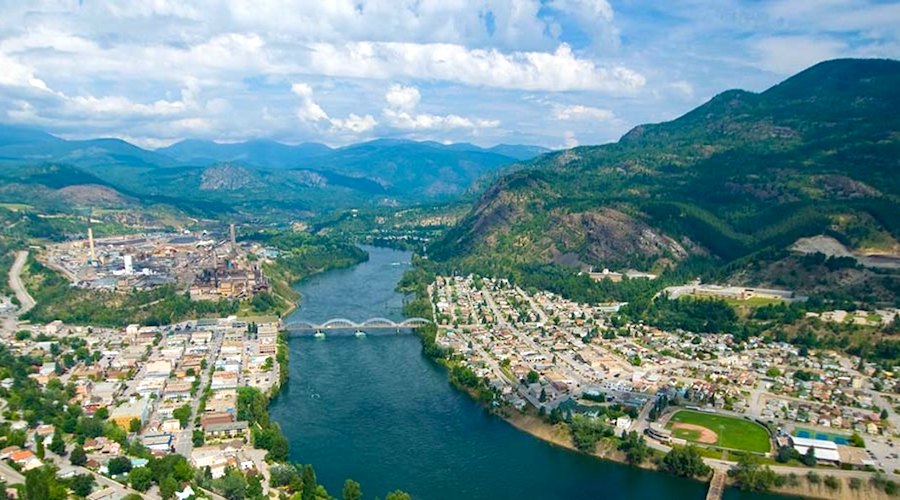



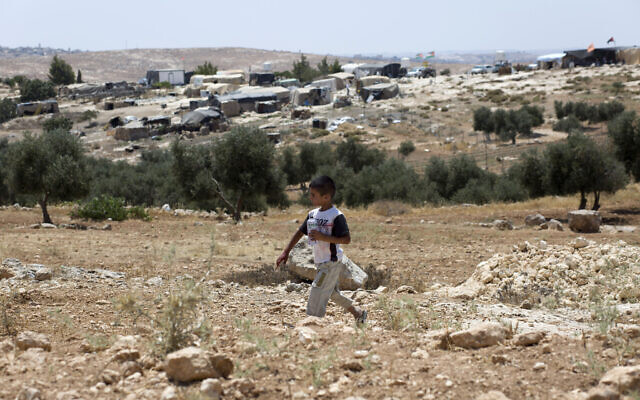
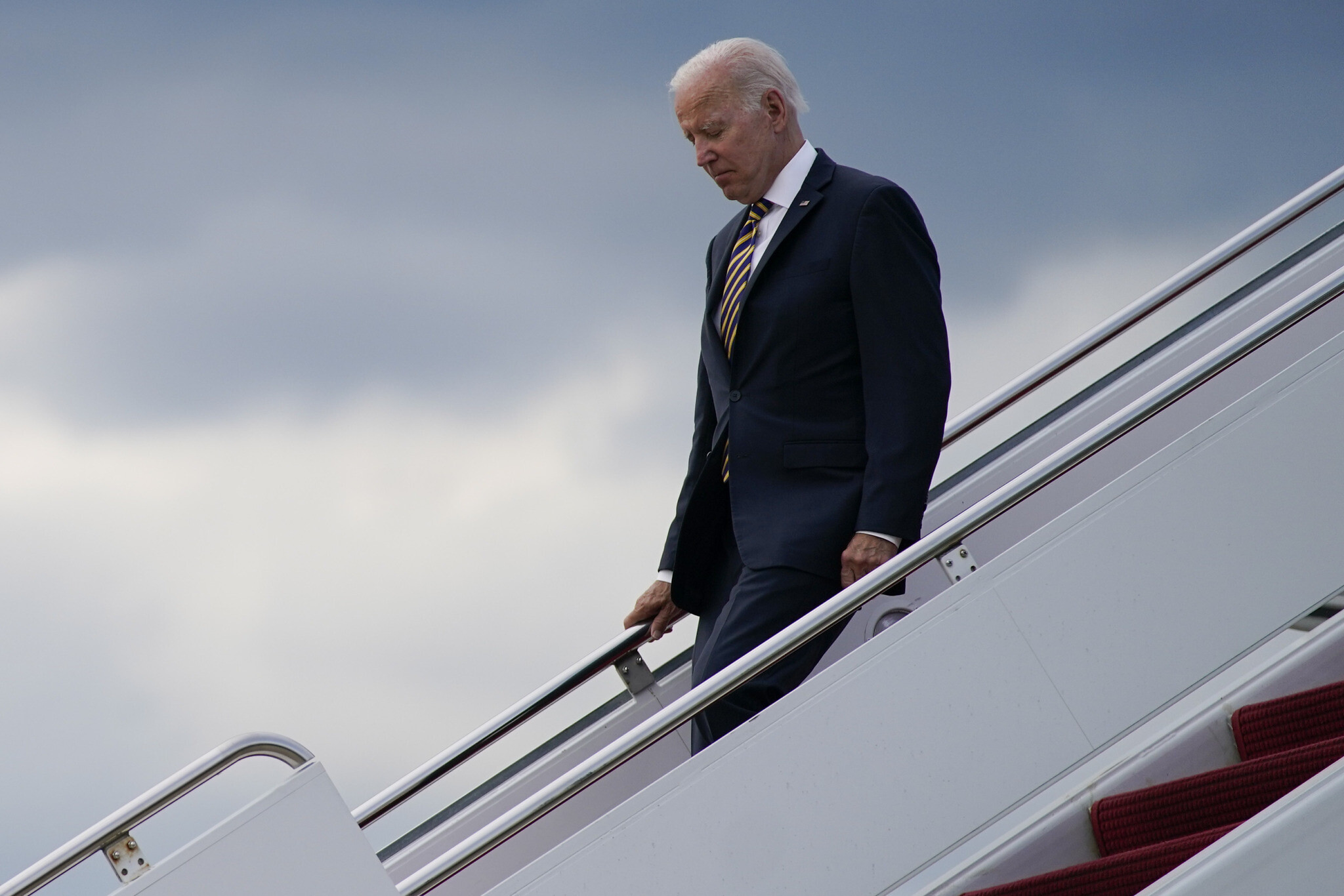
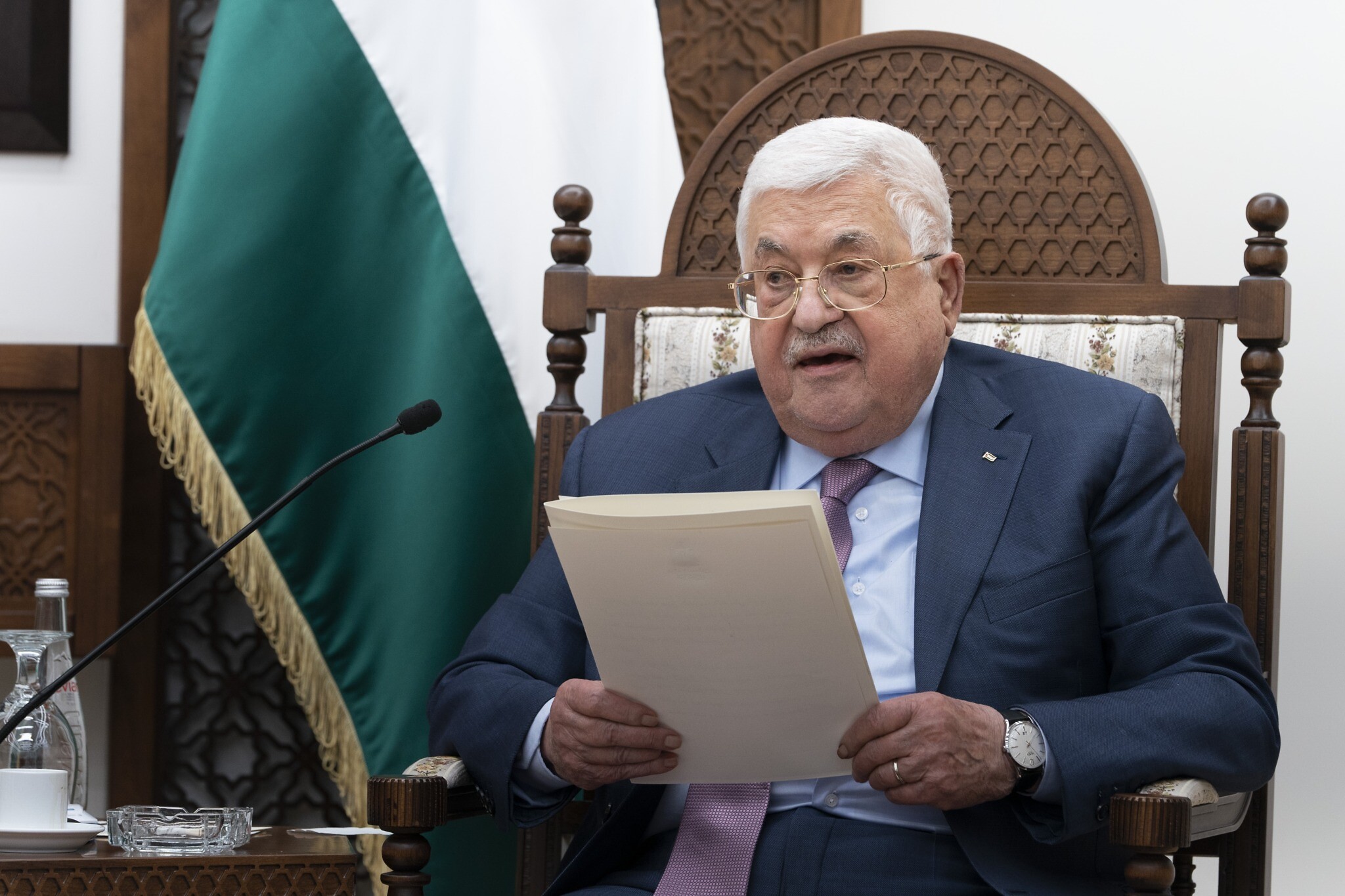

/cloudfront-ap-southeast-2.images.arcpublishing.com/nzme/AHHCANGSMFILDNUS2FUJMP6UZE.jpg)
/cloudfront-ap-southeast-2.images.arcpublishing.com/nzme/ZT3WWAFNWN3TU6YKSXW45EIC6I.jpg)

